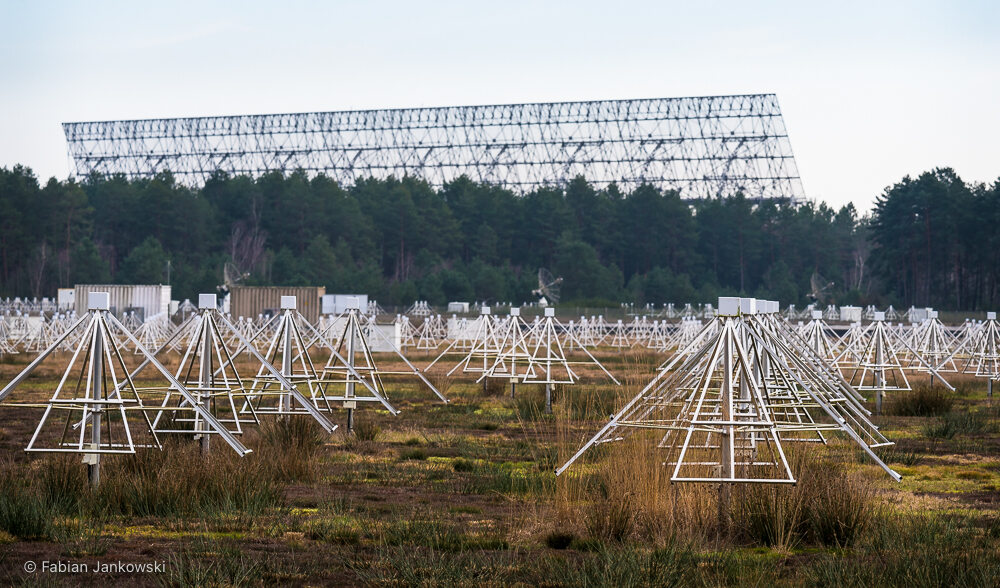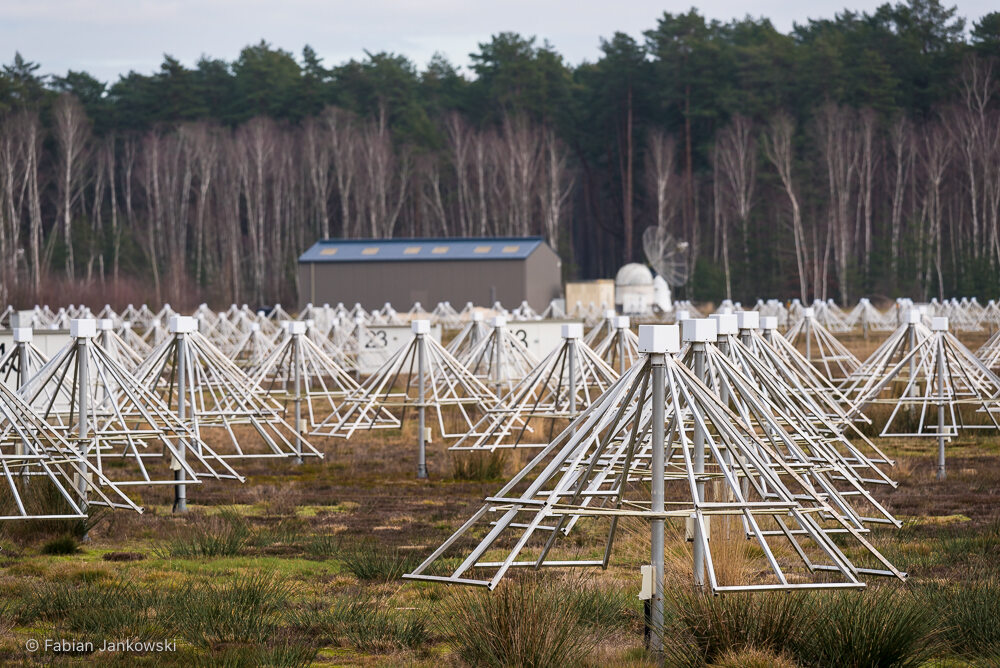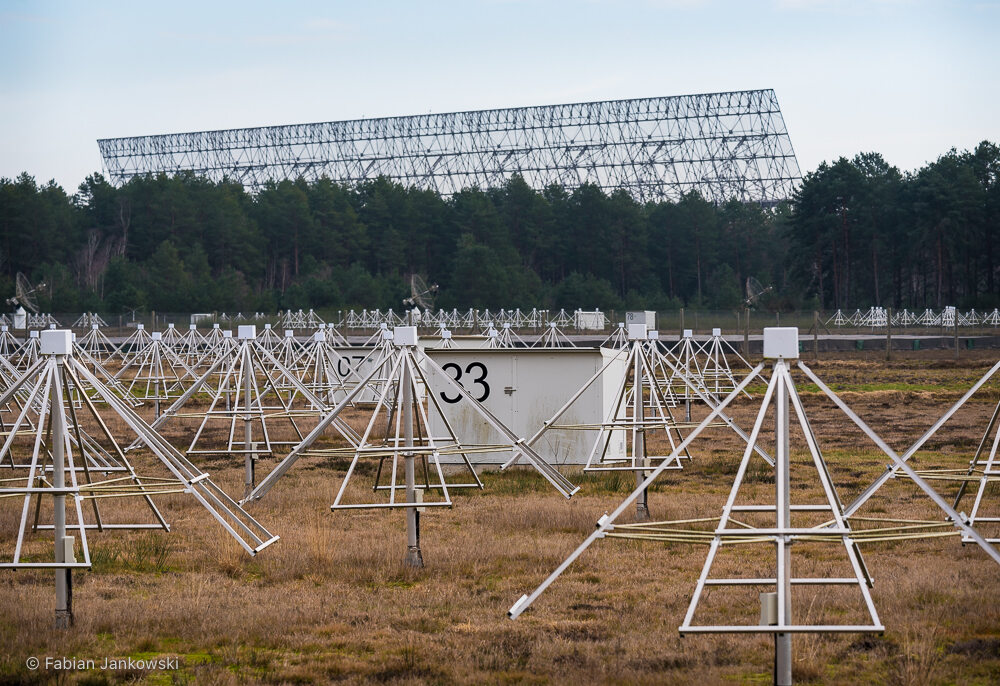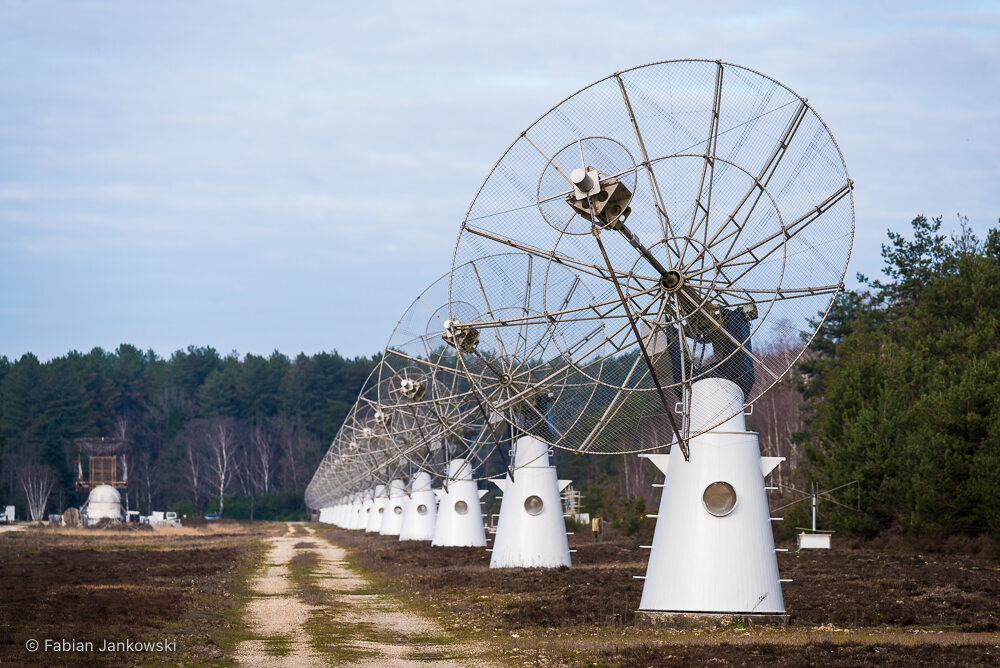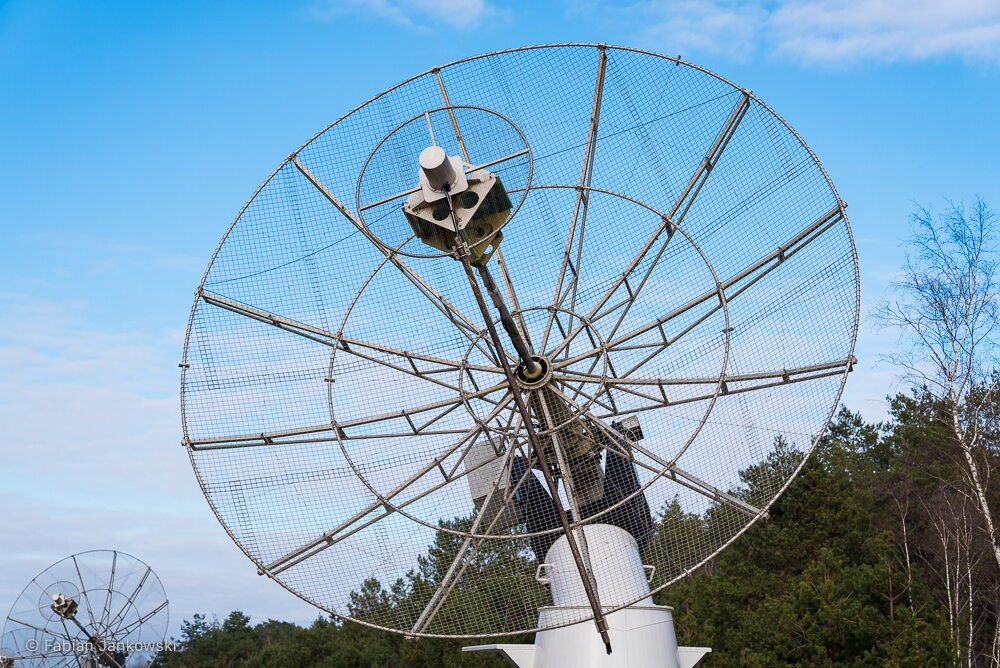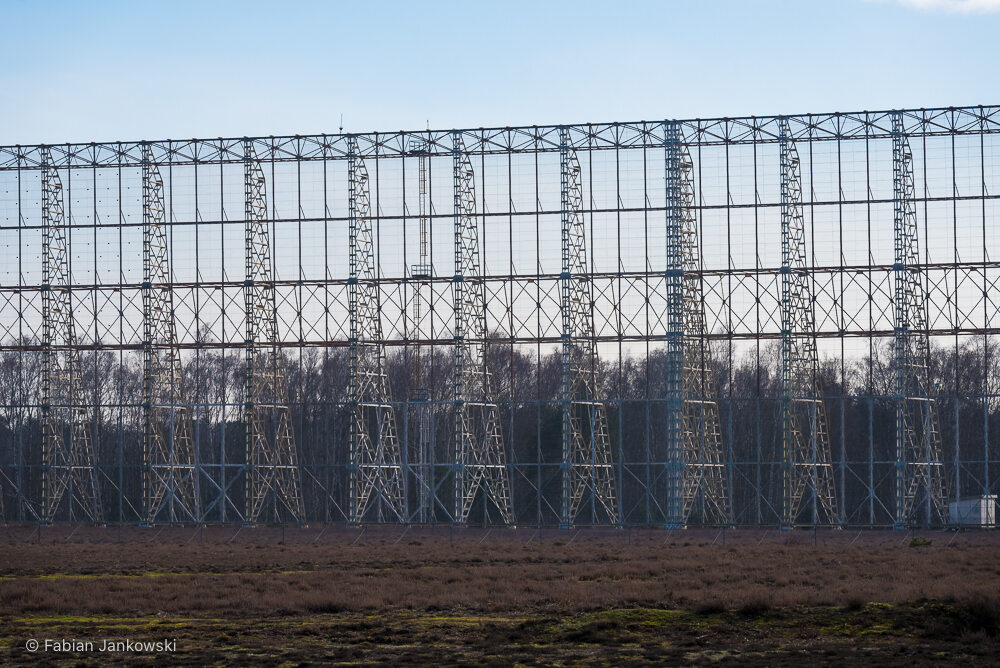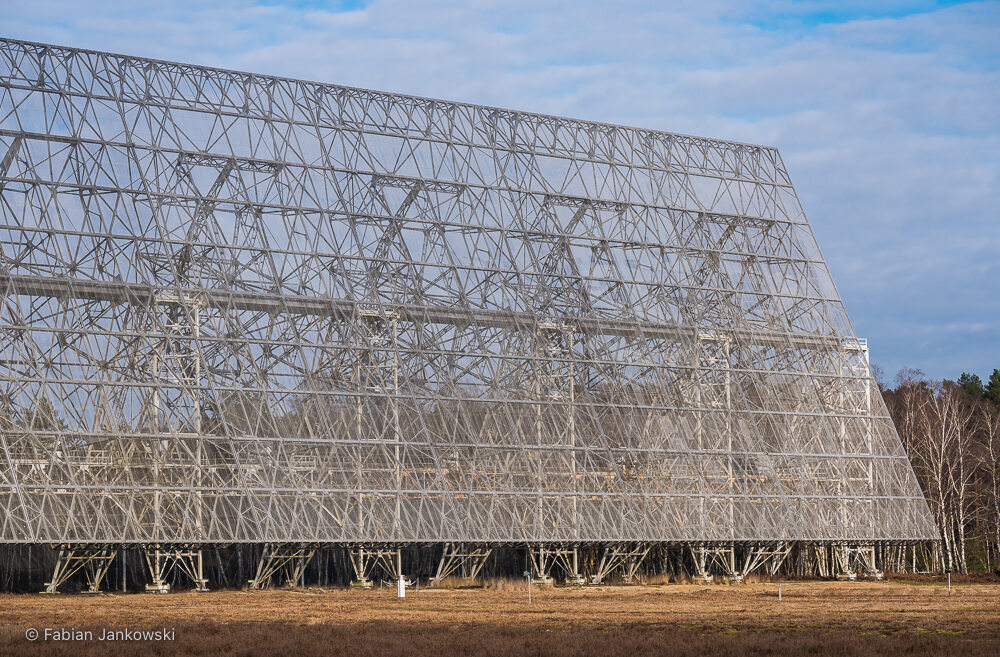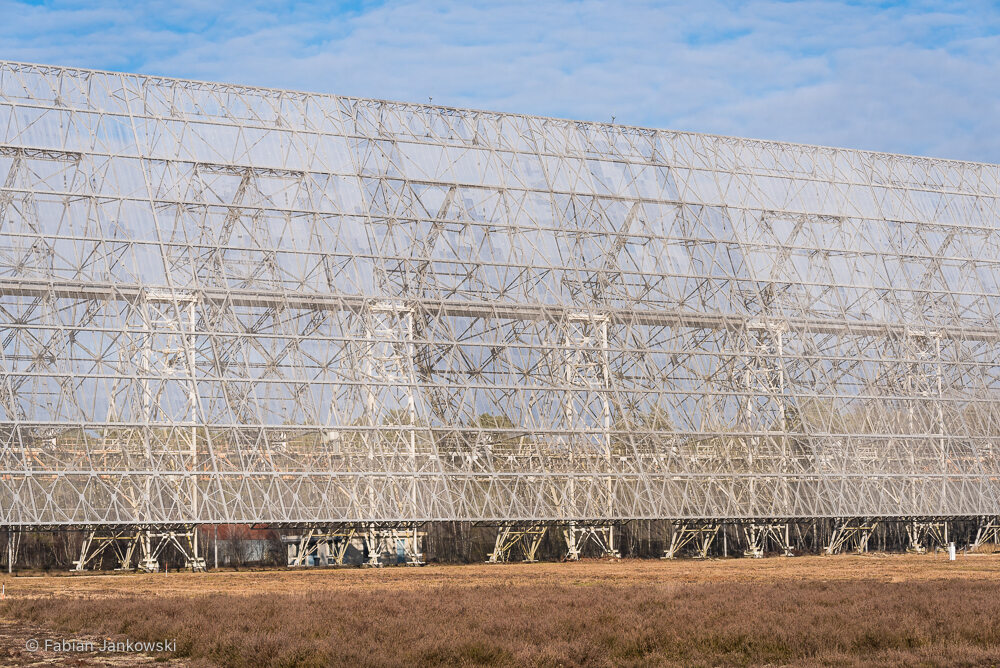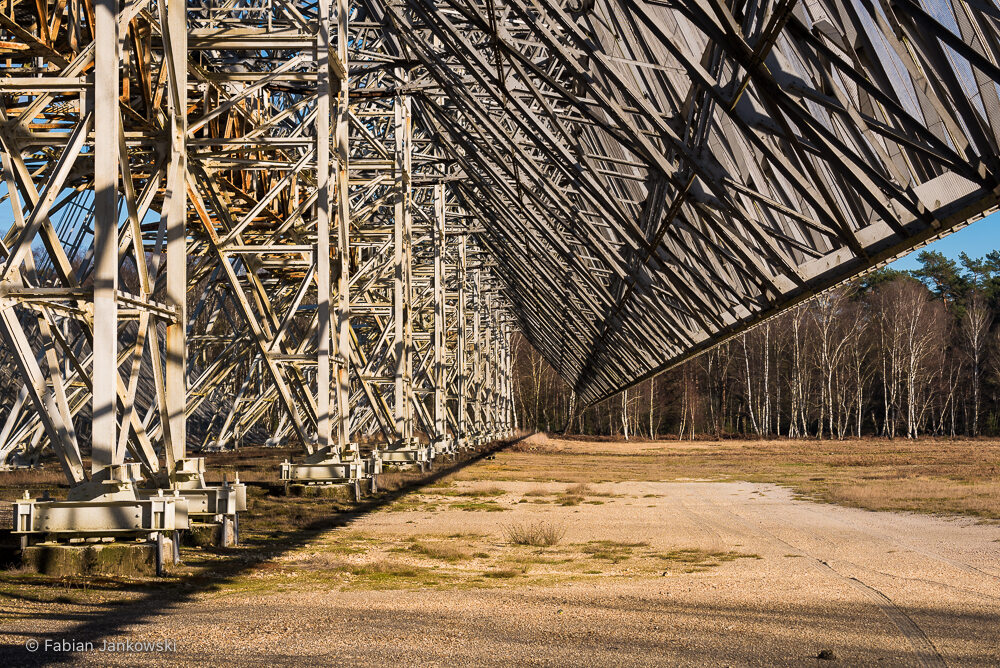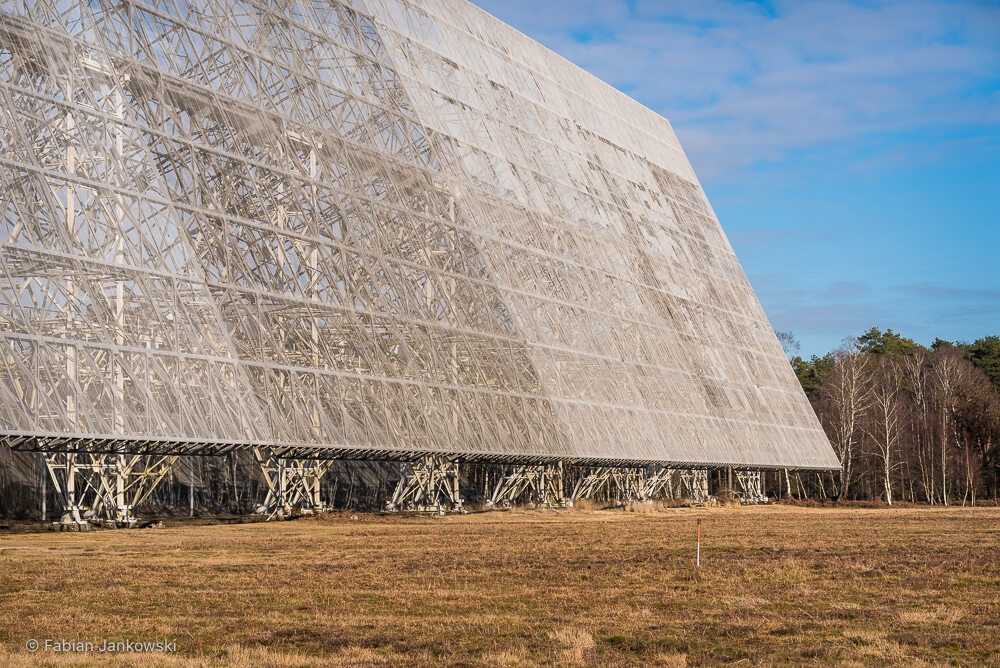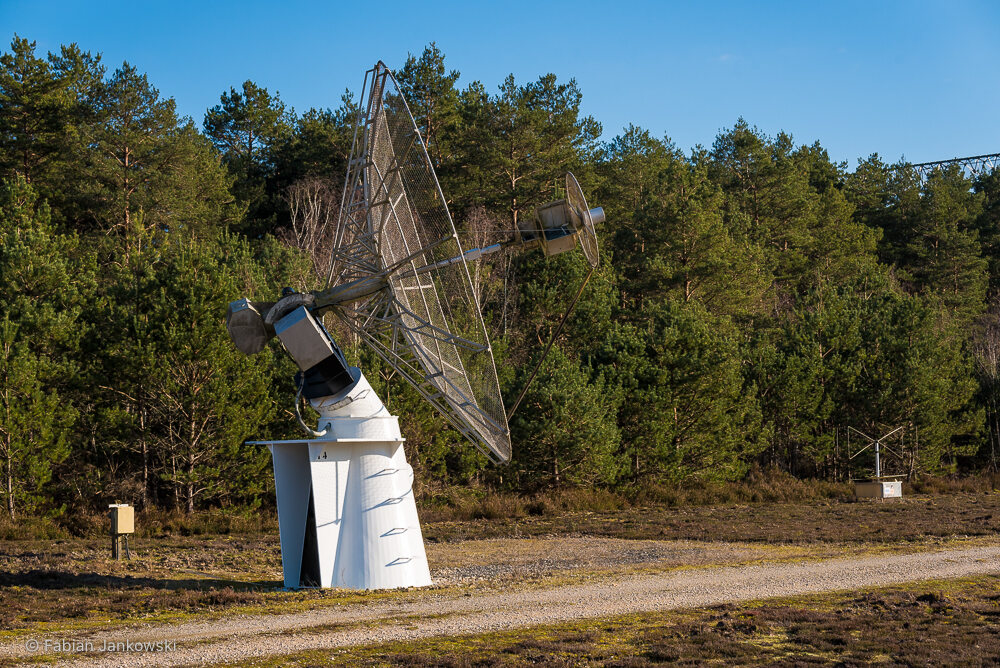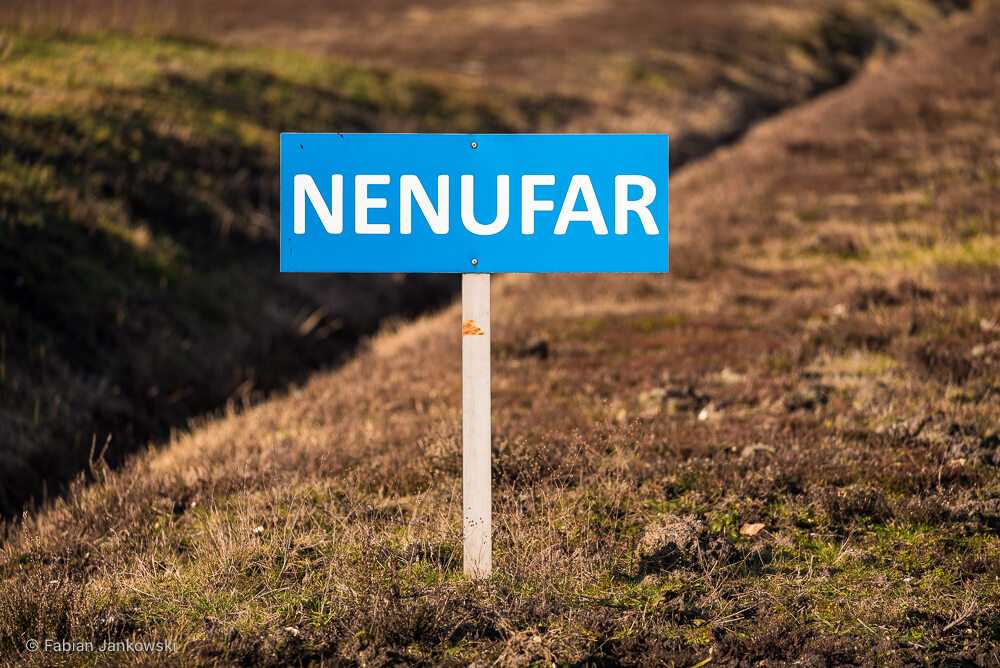We had the Fête de la science 2024 science festival at the CNRS research campus in Orléans this weekend, 5 - 6. October. Each of the institutes on the CNRS campus presented itself and its research activities to the public in a simplified and (hopefully) entertaining way.
The LPC2E institute, which I am part of, organised various interactive activities concerning astrophysics, astronomy, space plasmas, and satellites. For instance, the astrophysics team organised an interactive theatre play about the Lorimer burst, the first-discovered fast radio burst (FRB). There was also a session and stall on pulsars and gravitational waves run by our team. Additionally, external groups specialised in outreach events organised several exhibitions. For example, there were a couple of solar telescopes out in front of the institute for visitors to safely view the sun, an installation organised by the AstroCentre Orléans.
Here are some of my photos from the Nançay Radio Observatory that I provided for the FRB theatre play. Seeing them projected at an enormous size was great!
